Filter by
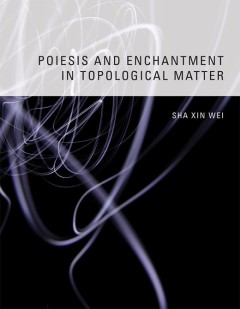
Poiesis and Enchantment in Topological Matter
A groundbreaking conception of interactive media, inspired by continuity, field, and process, with fresh implications for art, computer science, and philosophy of technology. In this challenging but exhilarating work, Sha Xin Wei argues for an approach to materiality inspired by continuous mathematics and process philosophy. Investigating the implications of such an approach to media and mat…
- Edition
- -
- ISBN/ISSN
- 9780262318914
- Collation
- -
- Series Title
- -
- Call Number
- -
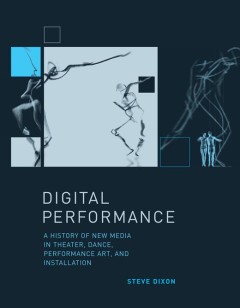
Digital Performance: A History of New Media in Theater, Dance, Performance Ar…
The historical roots, key practitioners, and artistic, theoretical, and technological trends in the incorporation of new media into the performing arts. The past decade has seen an extraordinarily intense period of experimentation with computer technology within the performing arts. Digital media has been increasingly incorporated into live theater and dance, and new forms of interactive per…
- Edition
- -
- ISBN/ISSN
- 9780262271806
- Collation
- -
- Series Title
- -
- Call Number
- -
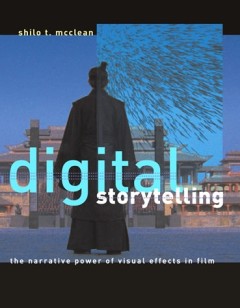
Digital Storytelling: The Narrative Power of Visual Effects in Film
How digital visual effects in film can be used to support storytelling: a guide for scriptwriters and students. Computer-generated effects are often blamed for bad Hollywood movies. Yet when a critic complains that "technology swamps storytelling" (in a review of Van Helsing, calling it "an example of everything that is wrong with Hollywood computer-generated effects movies"), it says more a…
- Edition
- -
- ISBN/ISSN
- 9780262304184
- Collation
- -
- Series Title
- -
- Call Number
- -
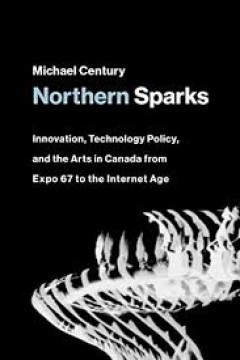
Northern sparks innovation technology policy and the arts in Canada from Expo…
"Northern Sparks explores modern Canadian innovation in media arts and technology since 1967, focusing on the intersection of art, science, technology, and policy"--OCLC-licensed vendor bibliographic record.
- Edition
- -
- ISBN/ISSN
- 9780262361736
- Collation
- 1 online resource.
- Series Title
- -
- Call Number
- -

From Fingers to Digits: An Artificial Aesthetic
Essays on computer art and its relation to more traditional art, by a pioneering practitioner and a philosopher of artificial intelligence. In From Fingers to Digits, a practicing artist and a philosopher examine computer art and how it has been both accepted and rejected by the mainstream art world. In a series of essays, Margaret Boden, a philosopher and expert in artificial intelligence, …
- Edition
- -
- ISBN/ISSN
- 9780262352093
- Collation
- -
- Series Title
- -
- Call Number
- -
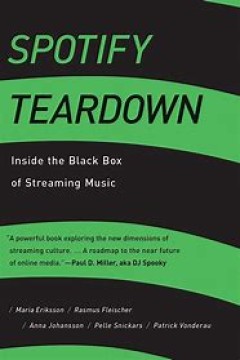
Spotify Teardown: Inside the Black Box of Streaming Music
An innovative investigation of the inner workings of Spotify that traces the transformation of audio files into streamed experience. Spotify provides a streaming service that has been welcomed as disrupting the world of music. Yet such disruption always comes at a price. Spotify Teardown contests the tired claim that digital culture thrives on disruption. Borrowing the notion of “teardown�…
- Edition
- -
- ISBN/ISSN
- 9780262349680
- Collation
- -
- Series Title
- -
- Call Number
- -
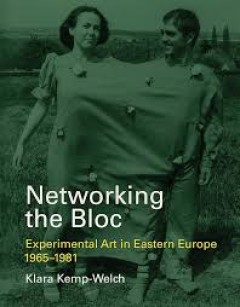
Networking the Bloc :experimental art in Eastern Europe 1965-1981
The story of the experimental zeitgeist in Eastern European art, seen through personal encounters, pioneering dialogues, collaborative projects, and cultural exchanges. Throughout the 1970s, a network of artists emerged to bridge the East-West divide, and the no less rigid divides between the countries of the Eastern bloc. Originating with a series of creative initiatives by artists, art histor…
- Edition
- -
- ISBN/ISSN
- 9780262347709
- Collation
- 1 online resource (480 pages).
- Series Title
- -
- Call Number
- -
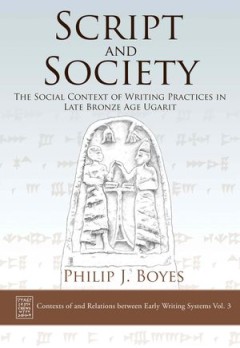
Script and Society the Social Context of Writing Practices in Late Bronze Age…
By the 13th century BC, the Syrian city of Ugarit hosted an extremely diverse range of writing practices. As well as two main scripts – alphabetic and logographic cuneiform - the site has also produced inscriptions in a wide range of scripts and languages, including Hurrian, Sumerian, Hittite, Egyptian hieroglyphs, Luwian hieroglyphs and Cypro-Minoan. This variety in script and language is ac…
- Edition
- -
- ISBN/ISSN
- 9781789255867
- Collation
- -
- Series Title
- -
- Call Number
- -
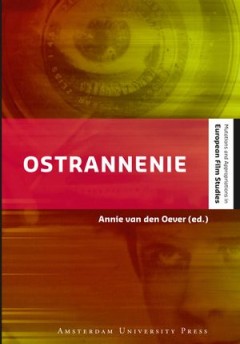
Ostrannenie. on "Strangeness" and the Moving Image. the History, Reception, a…
Ostrannenie (‘making it strange’) has become one of the central concepts of modern artistic practice, ranging over movements including Dada, postmodernism, epic theatre, and science fiction, as well as our response to arts. Coined by the ‘Russian Formalist’ Viktor Shklovsky in 1917, ostrannenie has come to resonate deeply in Film Studies, where it entered into dialogue with the Brechtia…
- Edition
- -
- ISBN/ISSN
- 9789089640796
- Collation
- -
- Series Title
- -
- Call Number
- 791.43 OEV o

Beyond the Creative Species: Making Machines That Make Art and Music
"Bown explores the developments in machines and software that can create or support art, music, literature, and other creative artifacts"--OCLC-licensed vendor bibliographic record.
- Edition
- -
- ISBN/ISSN
- 9780262361750
- Collation
- 1 online resource.
- Series Title
- -
- Call Number
- -
 Computer Science, Information & General Works
Computer Science, Information & General Works  Philosophy & Psychology
Philosophy & Psychology  Religion
Religion  Social Sciences
Social Sciences  Language
Language  Pure Science
Pure Science  Applied Sciences
Applied Sciences  Art & Recreation
Art & Recreation  Literature
Literature  History & Geography
History & Geography